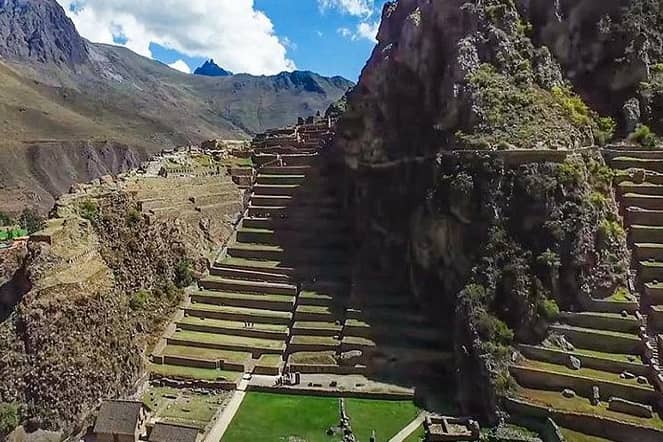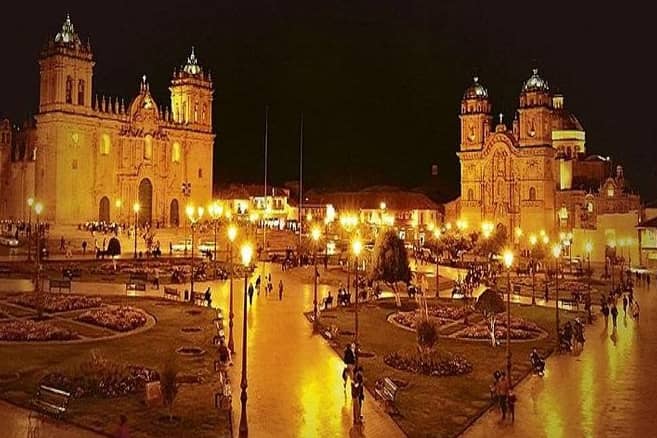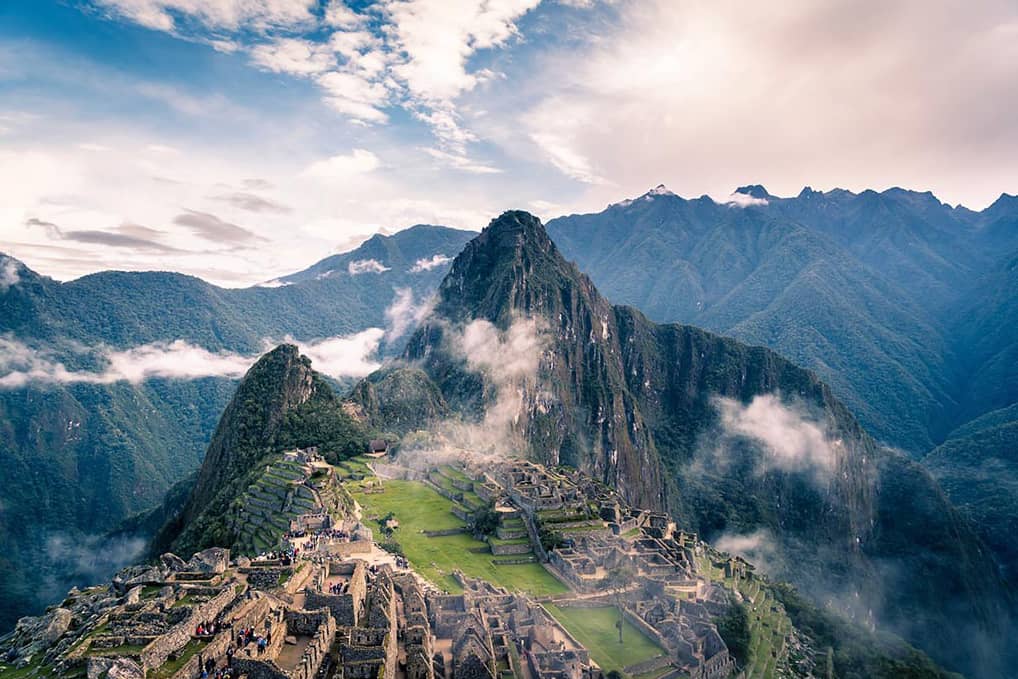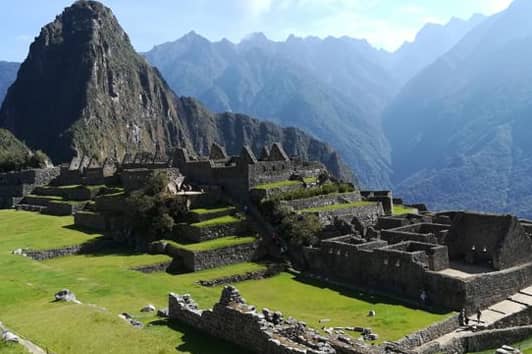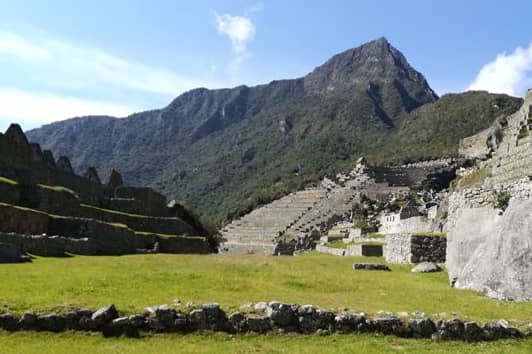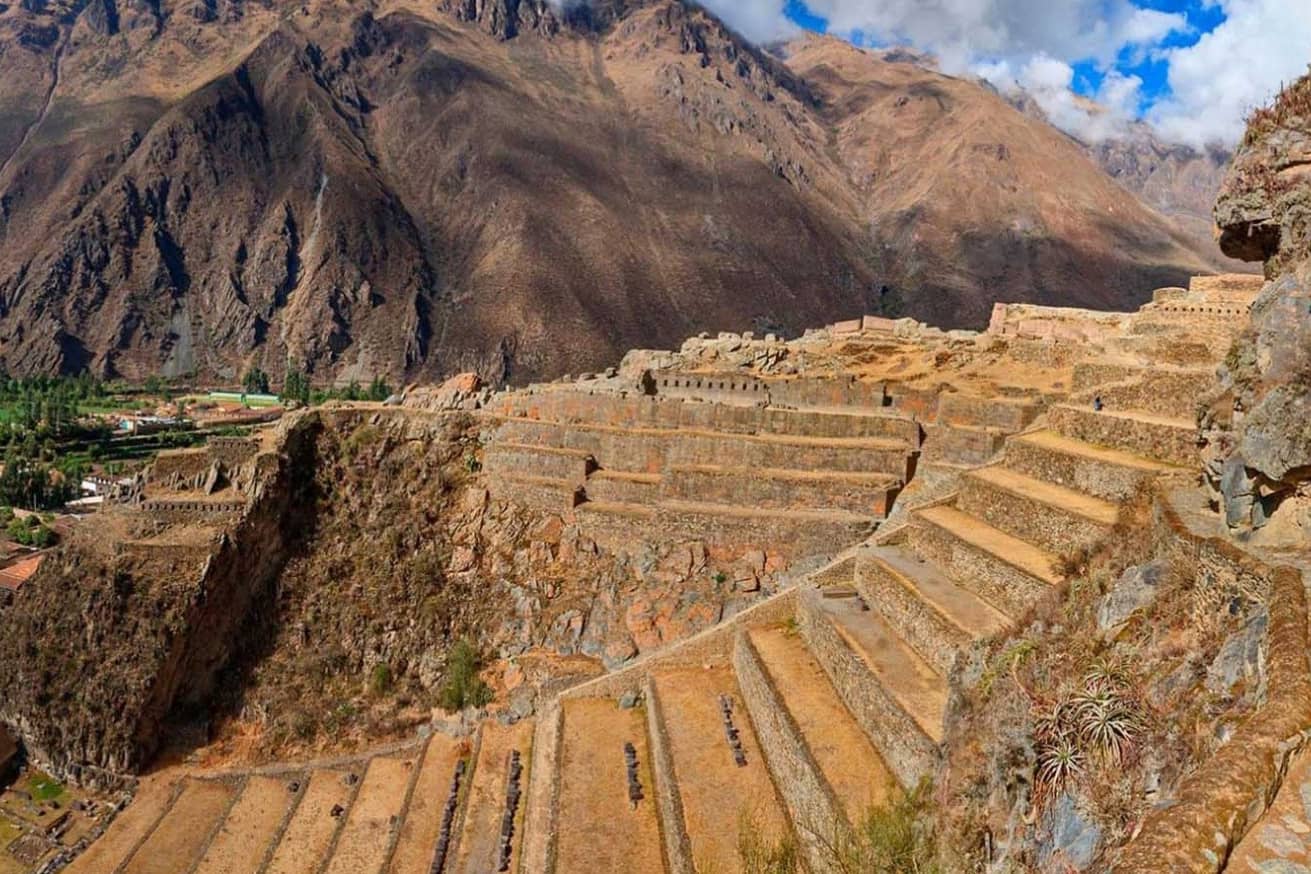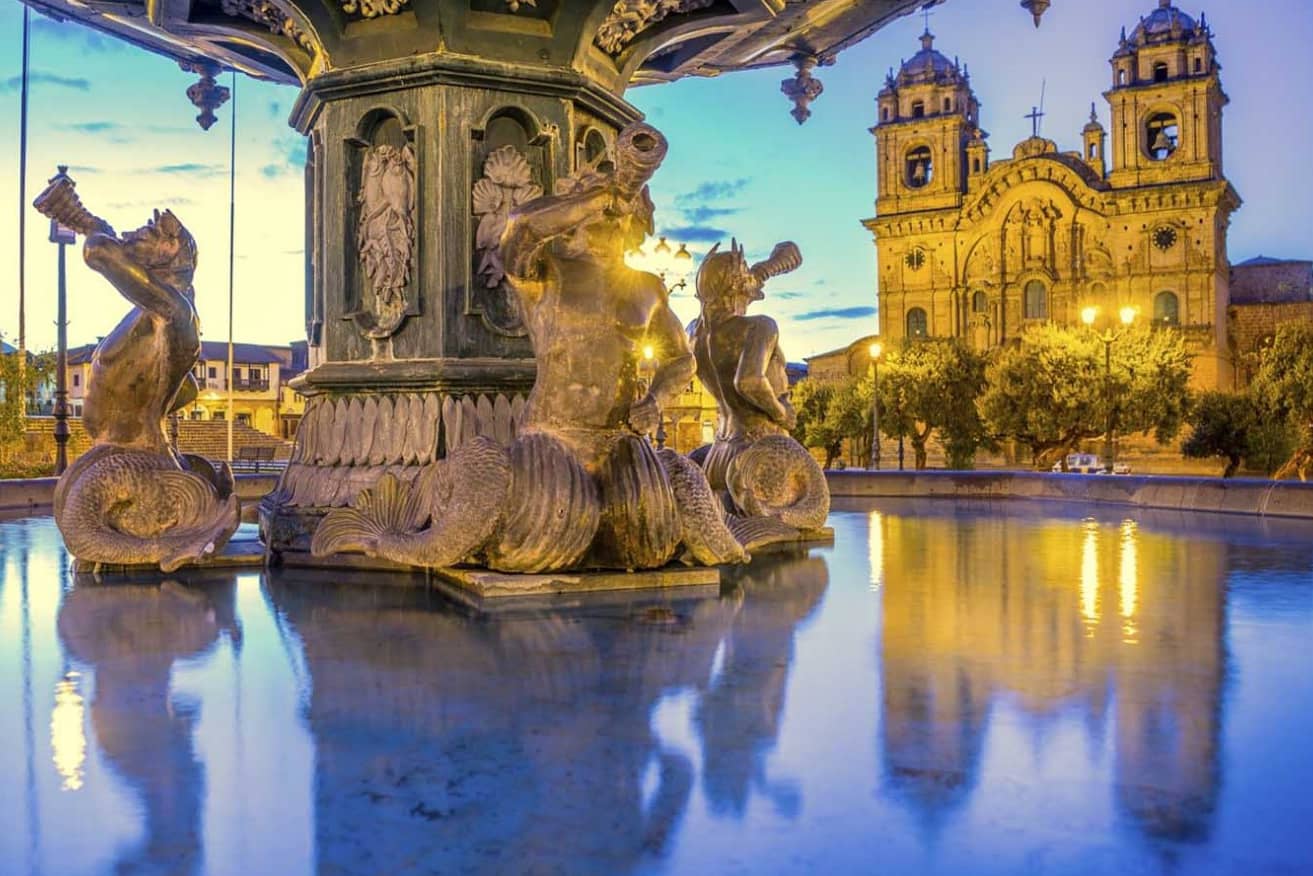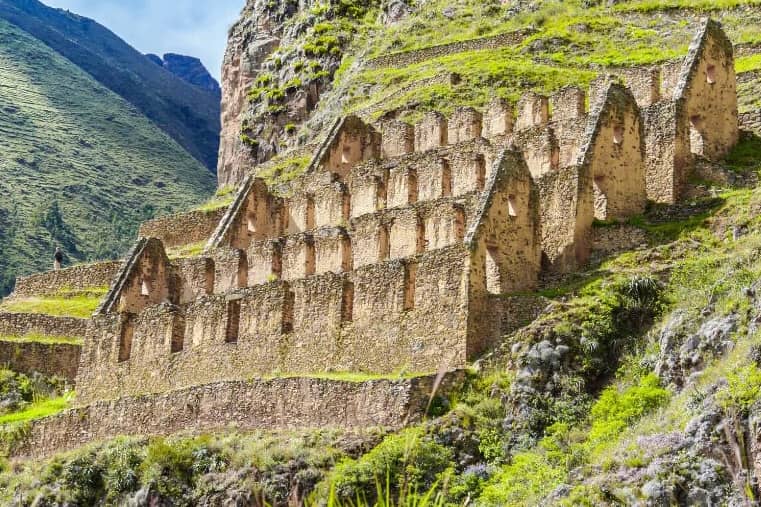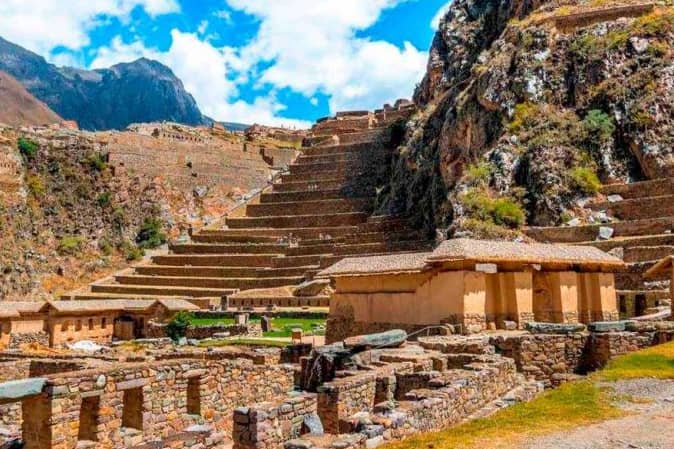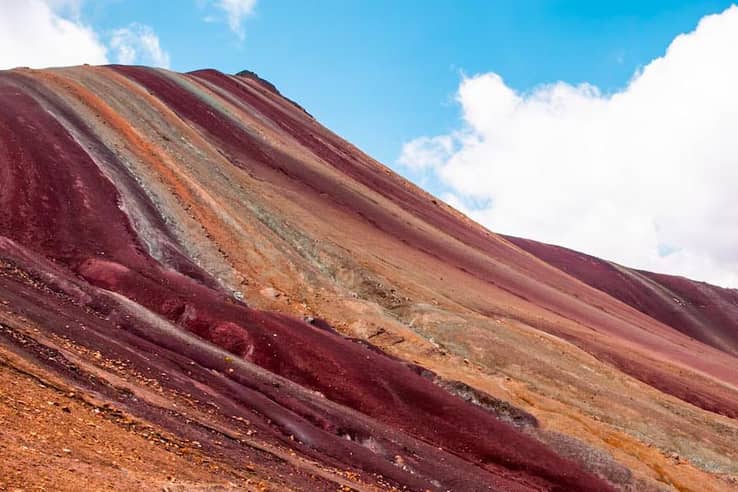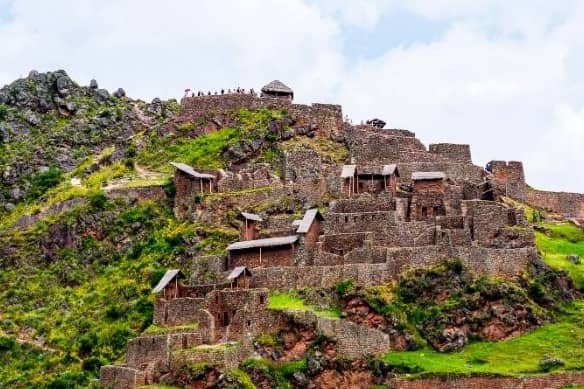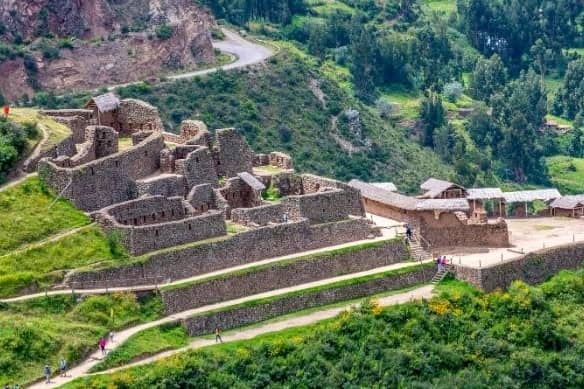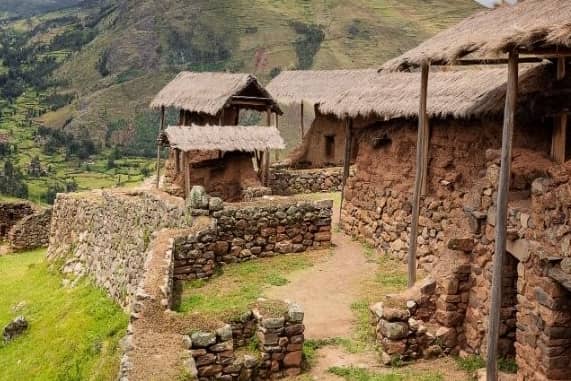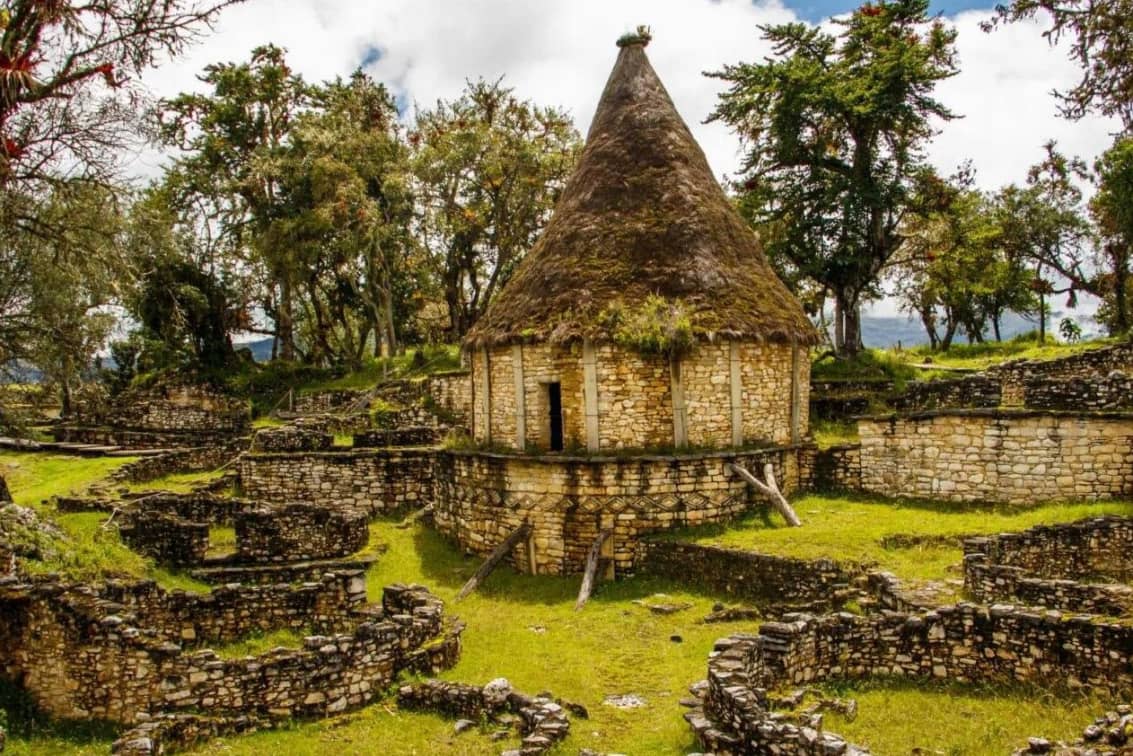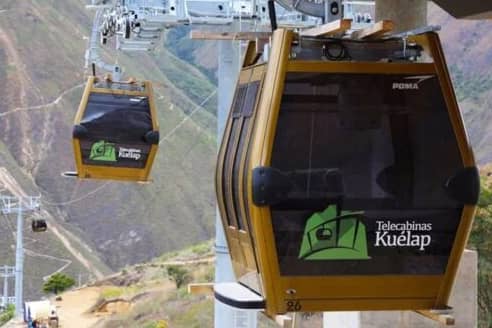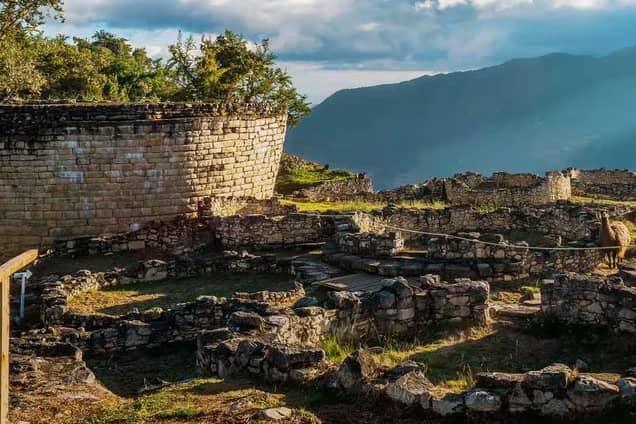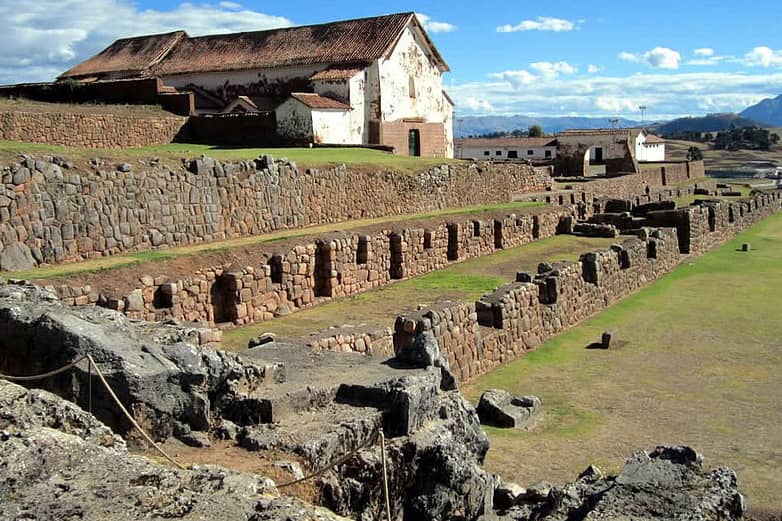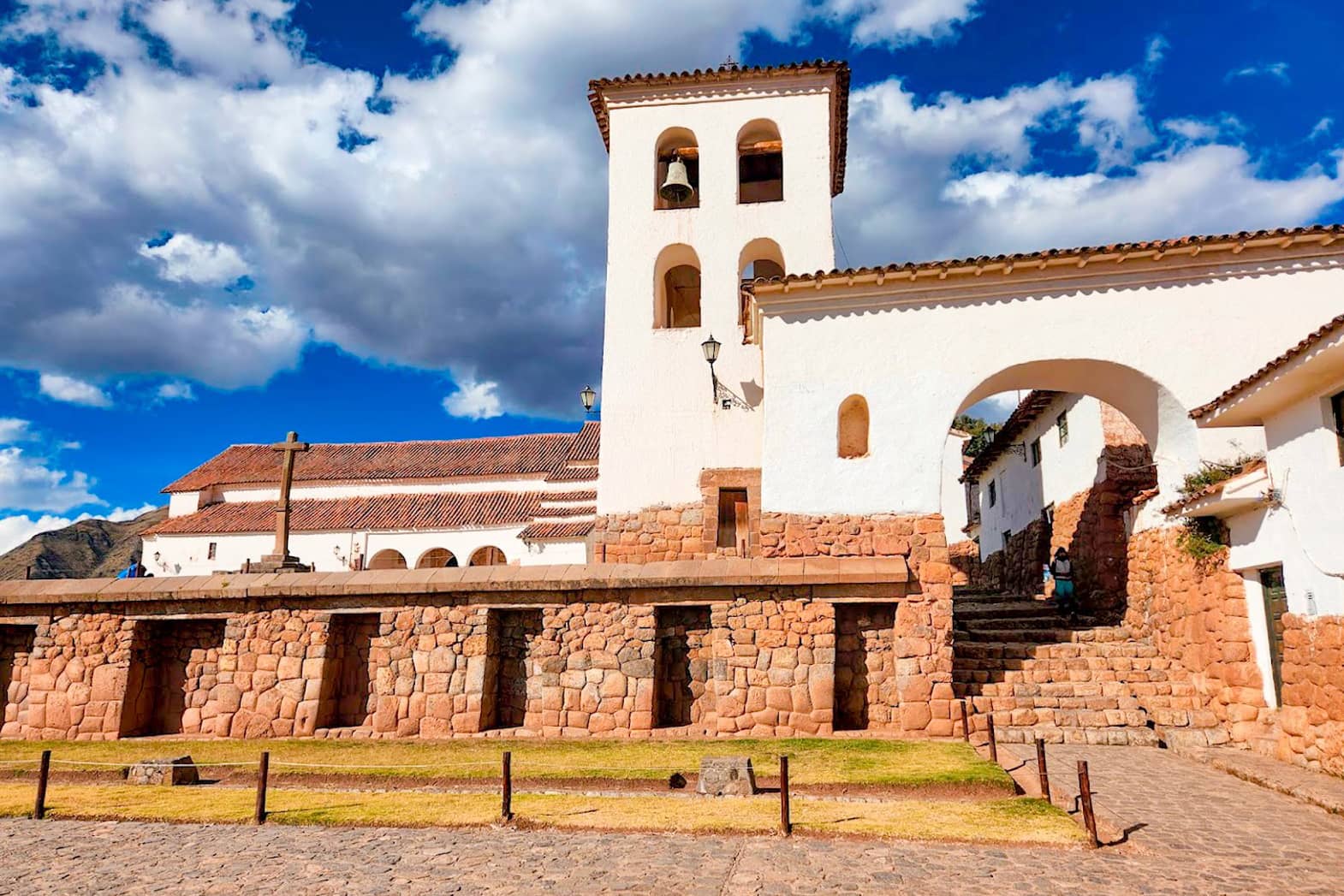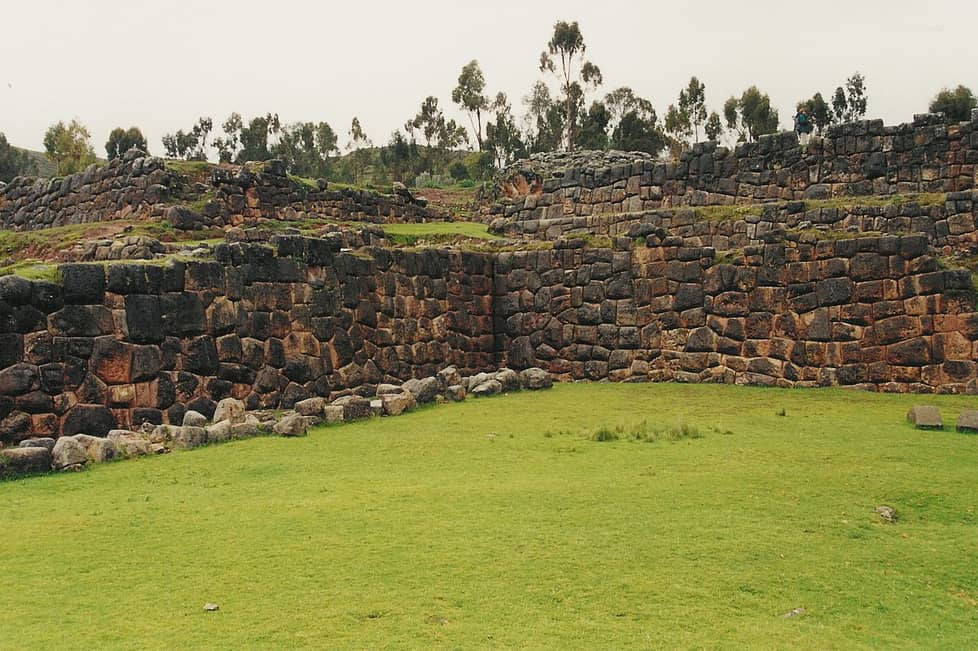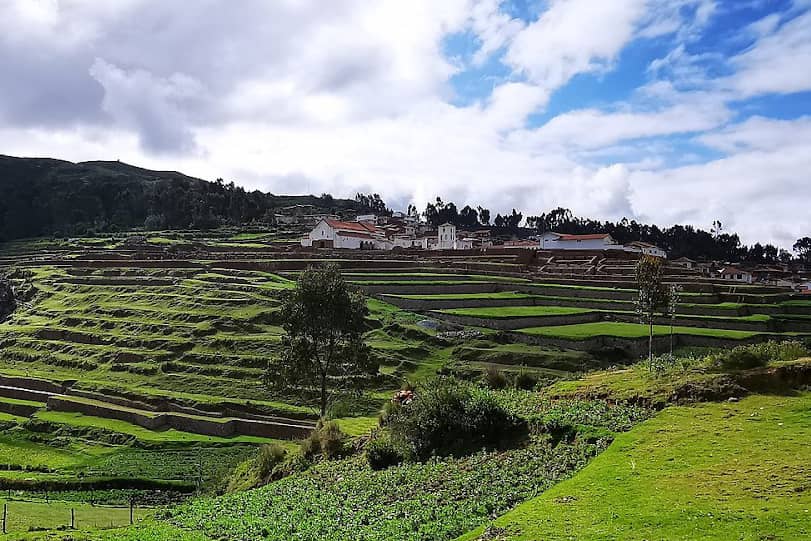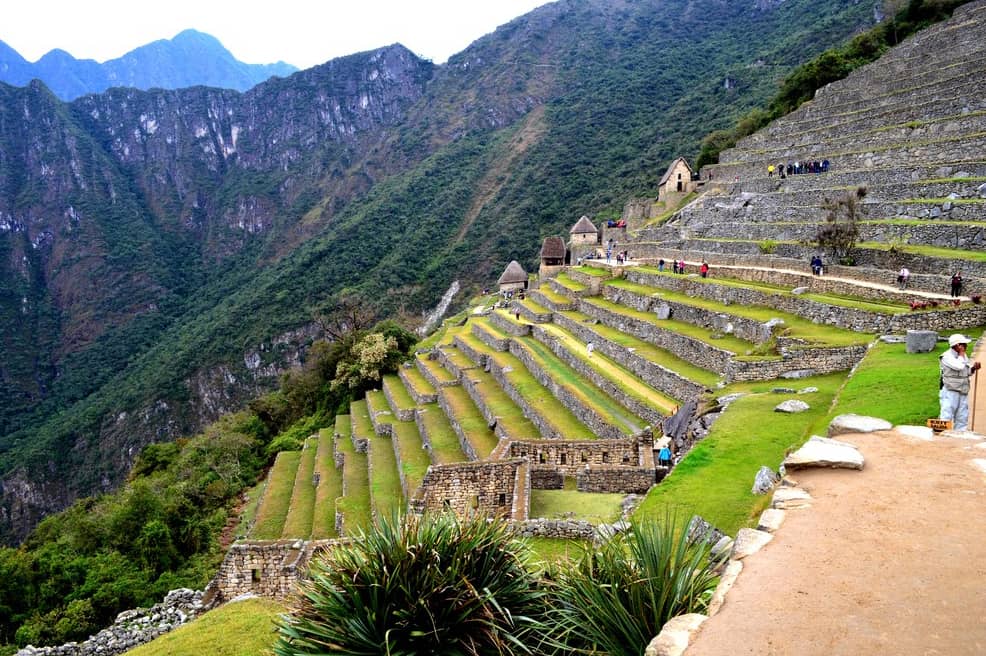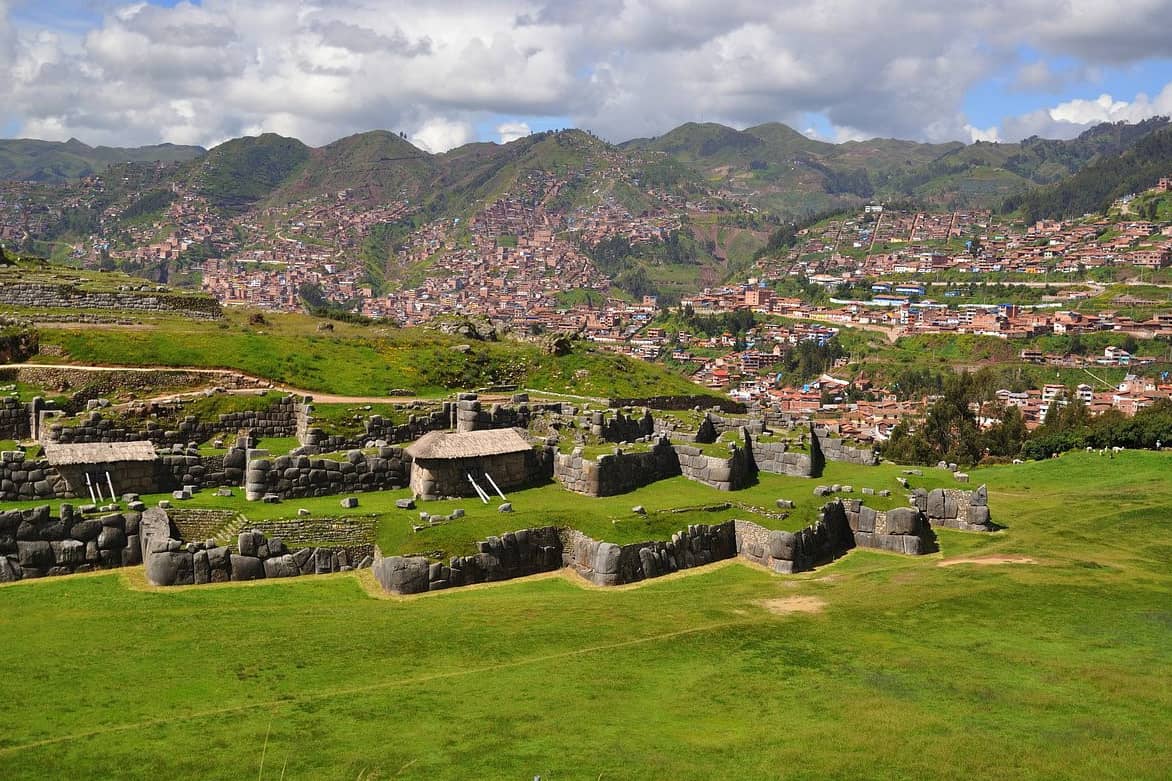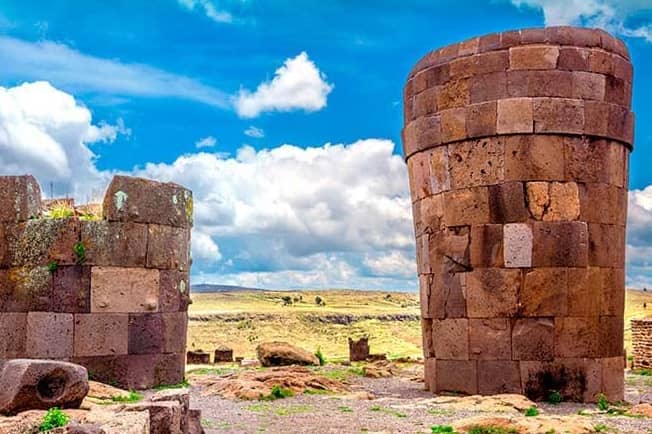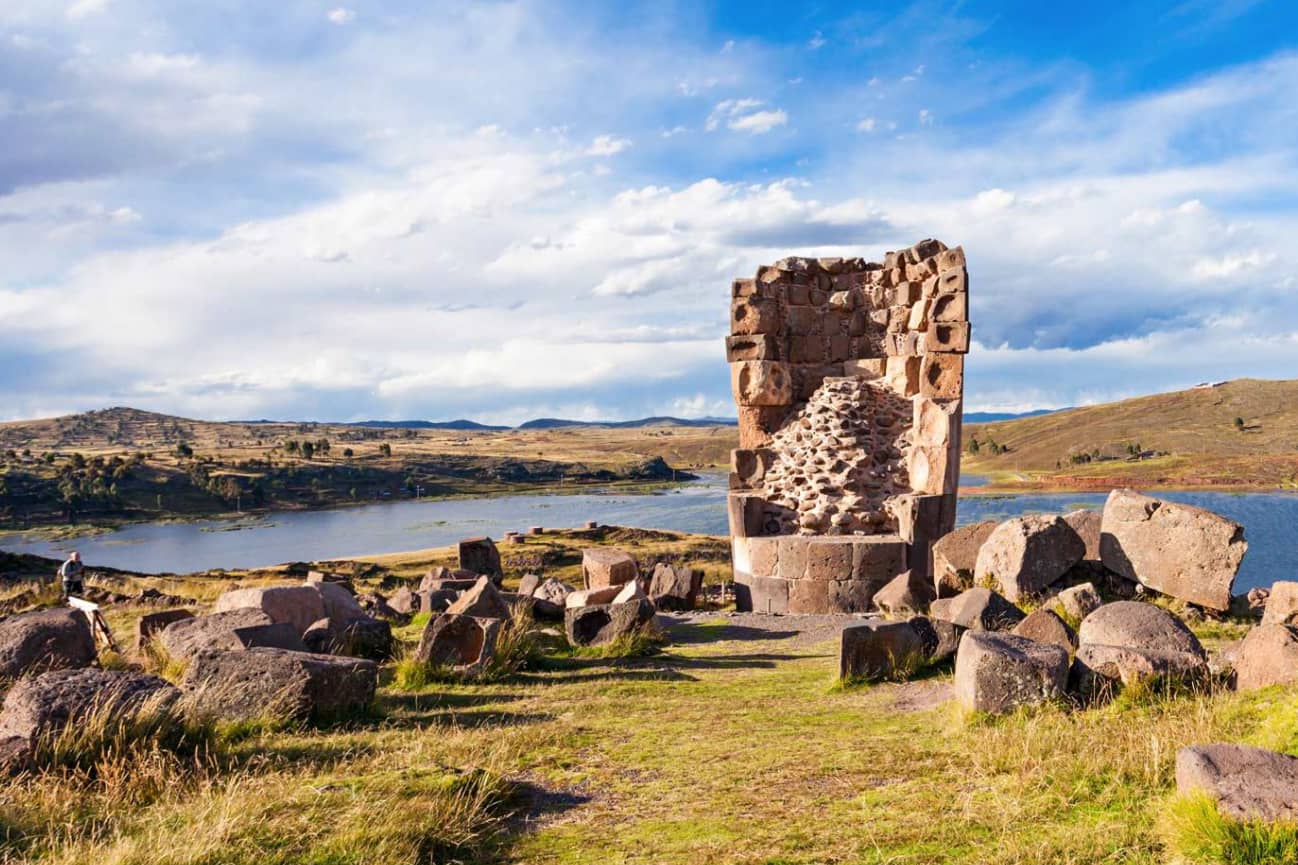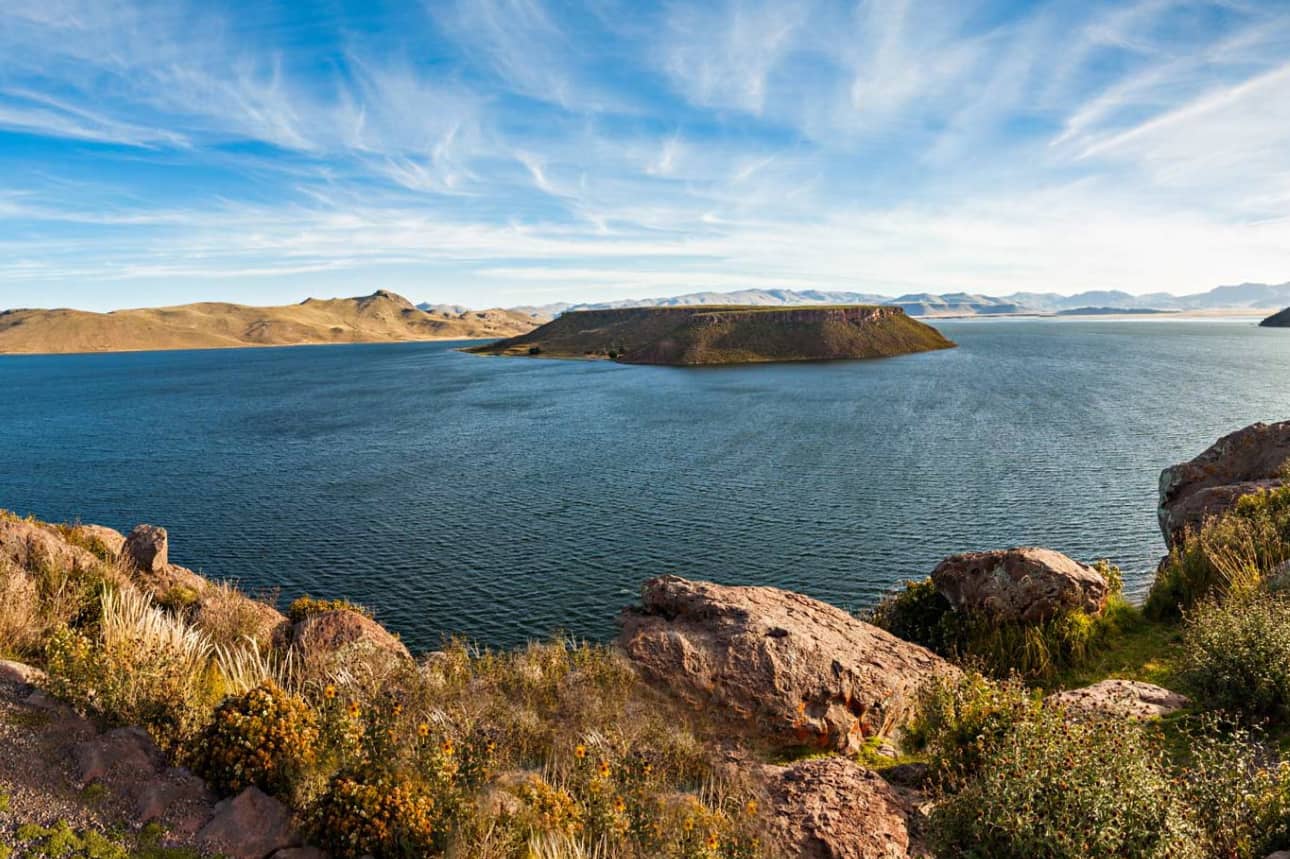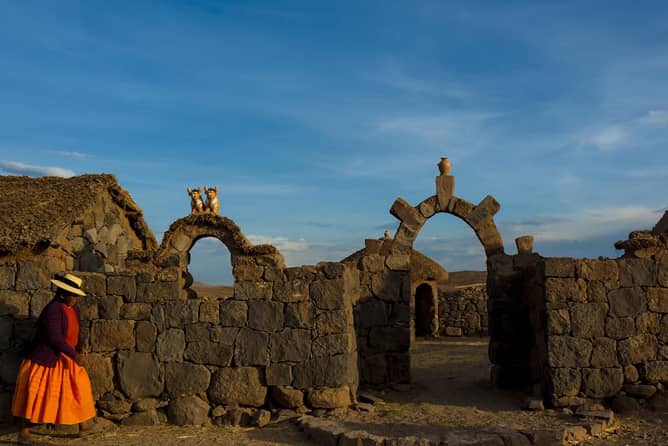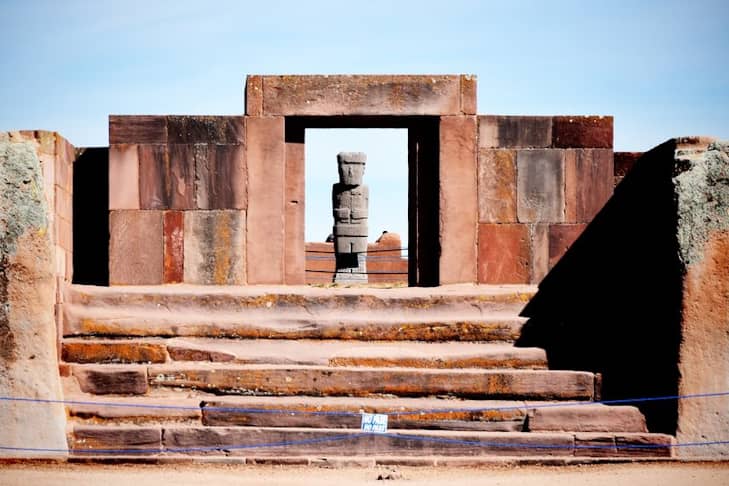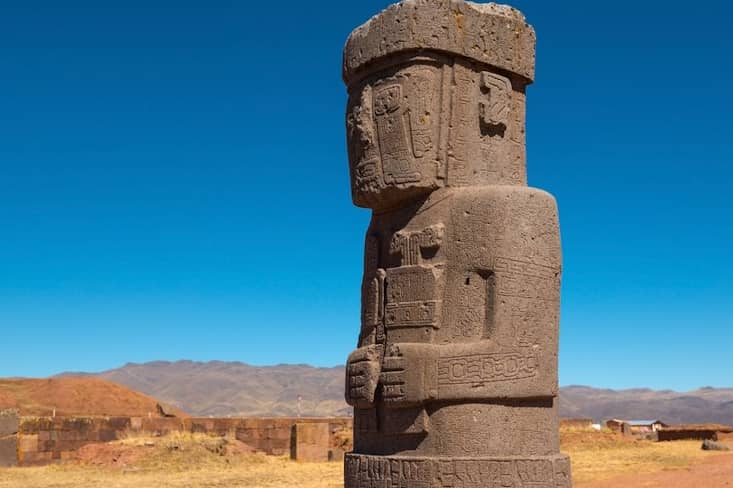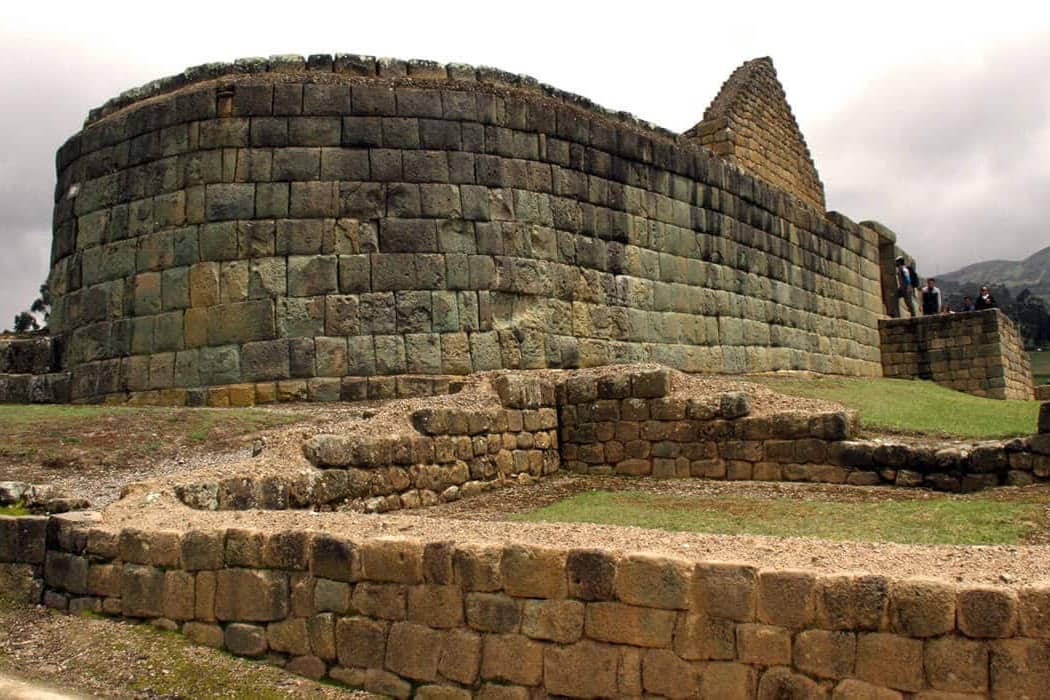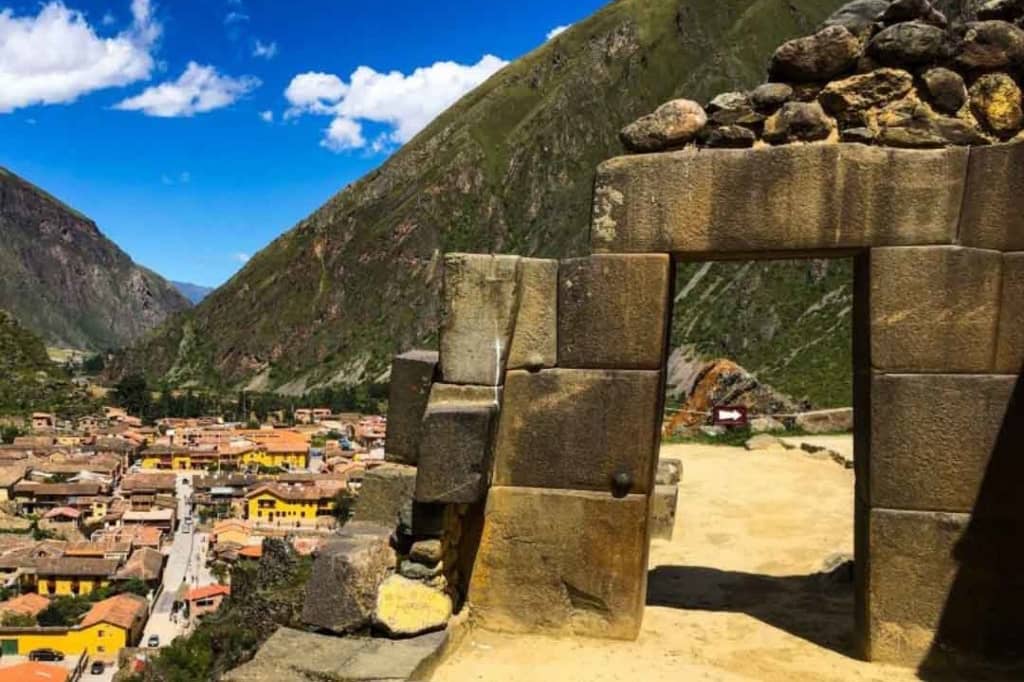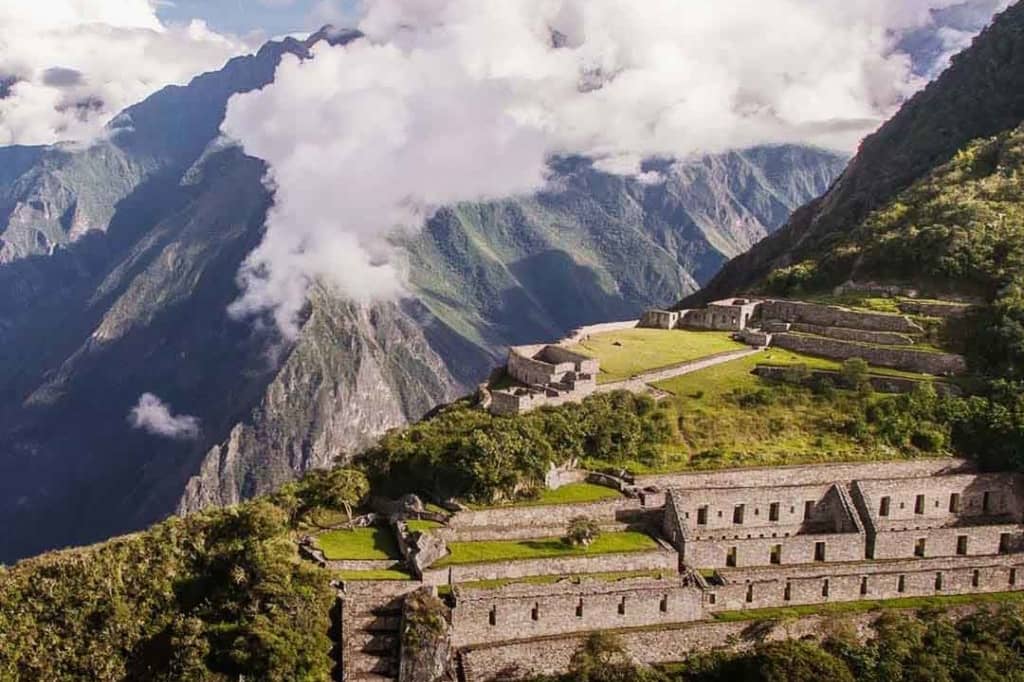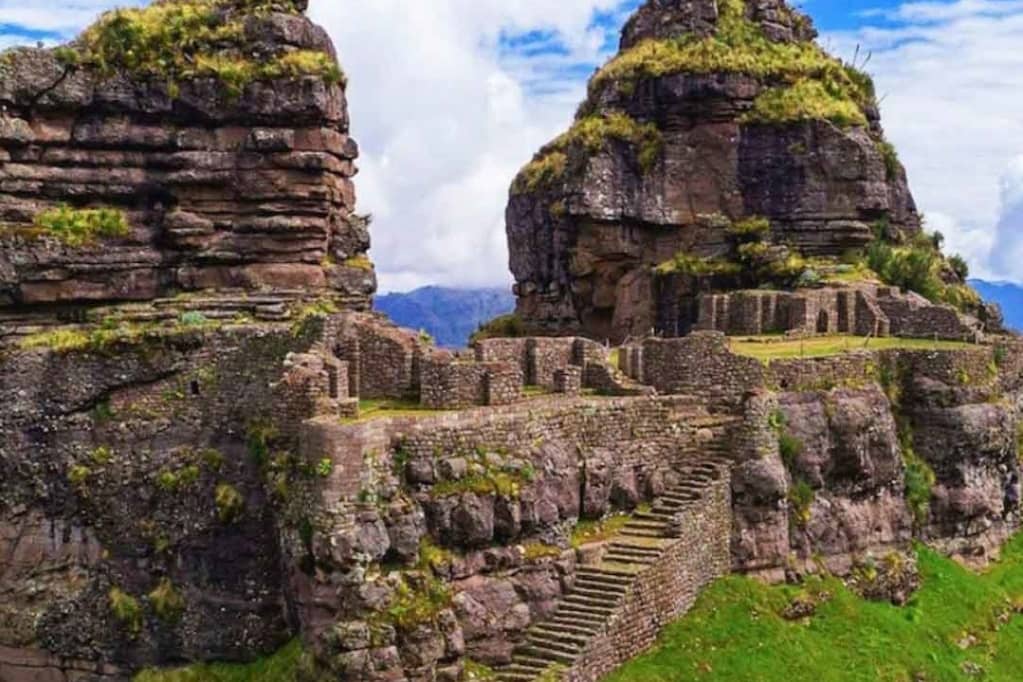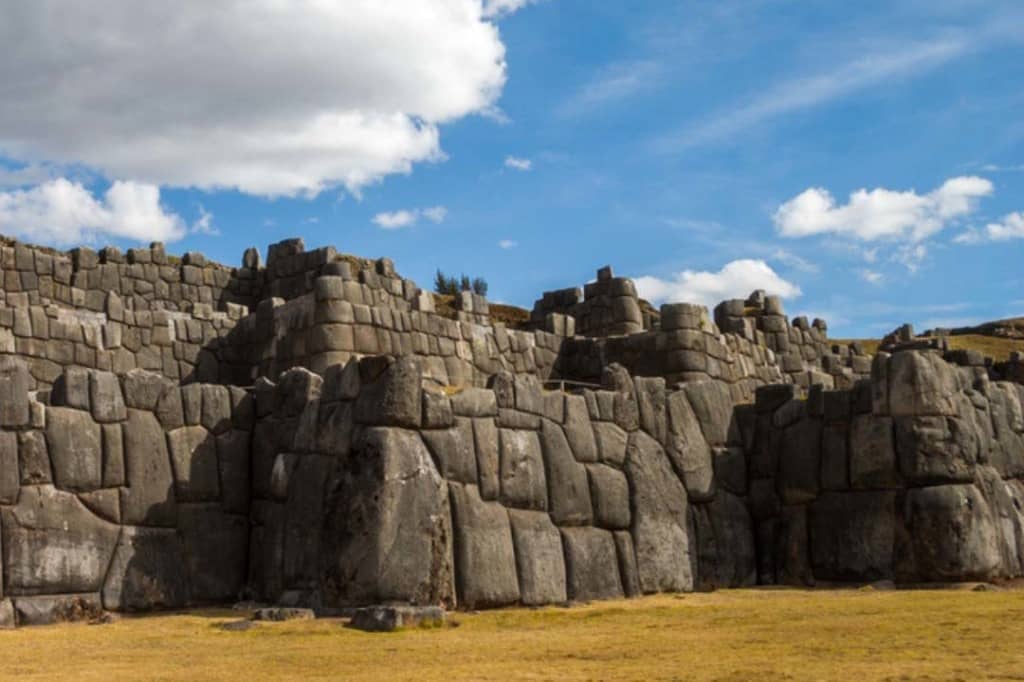Pre-Columbian history

It refers to the period of time in the Americas prior to the arrival of Christopher Columbus and
the Europeans in the late 15th century. This extensive period spans thousands of years and is
characterized by the development and diversification of a wide range of indigenous cultures and
civilizations that flourished on the American continent before contact with the Old World.
Understanding pre-Columbian history is essential to appreciating the richness and complexity of
the societies that existed in the Americas before European colonization.
The first inhabitants of the Americas arrived across the Bering Bridge, a land connection that
linked Asia to North America during the last Ice Age, approximately 15,000 to 20,000 years ago.
These groups of hunter-gatherers gradually dispersed across the continent, adapting to a variety
of environments and climates. Their arrival marked the beginning of a series of migrations that
gave rise to an incredible diversity of cultures and ways of life across the American continent.
Over time, early inhabitants developed diverse ways of life and social organization in response
to environmental conditions and available resources. In North America, for example, several
distinctive cultures emerged. Plains peoples such as the Sioux and Cheyenne adapted to bison
hunting and nomadic life, while southwestern cultures such as the Hopi and Zuni developed
advanced agricultural systems in an arid environment, building complex adobe pueblo dwellings
and cultivating corn, beans, and squash. In the Northeast, tribes such as the Iroquois created
sophisticated political confederations and systems of government, while northwest coastal
cultures such as the Haida and Tlingit built societies based on fishing and shellfish gathering.
In Mesoamerica, a region that includes southern Mexico and Central America, several important
civilizations flourished. The Olmec, considered the mother culture of Mesoamerica, left a
lasting legacy with their monumental stone heads and their influence on writing and religious
practices that would be reflected in later cultures. The Maya, renowned for their advanced
knowledge of astronomy and mathematics, built impressive city-states such as Tikal and Chichén
Itzá, developing complex calendars and writing systems. Later, the Zapotecs and Mixtecs
contributed to the cultural richness of the region with their own cities and artistic and
religious traditions.






